|
Calais Falls
After blockading Calais for two days, the town fell to German troops on 26th May 1940. Cut-off from Allied forces to the south, British and French troops fell back on Dunkirk, the sole remaining port available to them and from where the evacuation had already begun.
|
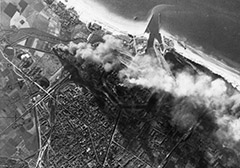 |
|
Stop Line
A chain of blockhouses, joined by an anti-tank ditch, ran westwards across northern France from the Belgian border. Despite this work being unfinished in May 1940, British troops occupied the blockhouses, and fortified nearby villages. These strongpoints delayed the German advance for two days and allowed thousands of men to withdraw northwards along a corridor to Dunkirk.
|
 |
|
Dunkirk Ablaze
Seen here on 27th May, thick smoke is billowing from burning oil storage tanks in Dunkirk port following German air attacks. This smoke helped to obscure the evacuation of troops from the harbour and beaches to the east of Dunkirk. German artillery kept up a relentless barrage of the town throughout the evacuation, however.
|
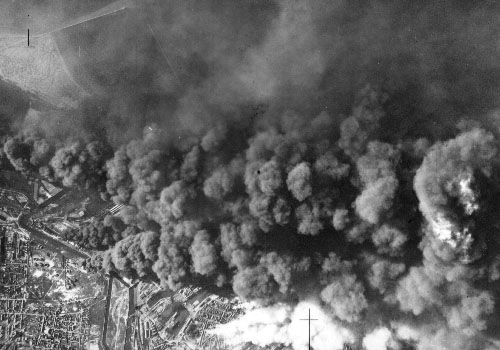 |
|
Operation Dynamo
By 31st May the wind had changed direction and was blowing the oil smoke southwards, exposing the evacuation to marauding German aircraft. Troops gathering on the harbour mole, and on beaches to the east, were subjected to relentless bombing and machine-gun fire. For part of the day the beach could not be used and the evacuation was only resumed under the cover of darkness.
|
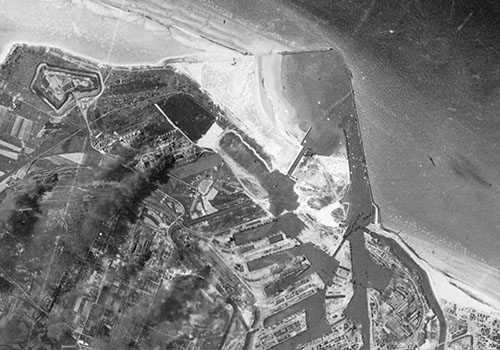 |
|
Gravelines
The western end of the perimeter was held by French troops, anchored until 25th May by the 17th-century fortifications at Gravelines. Allied troops held the northern banks of a series of canals running east to Veurne.
|
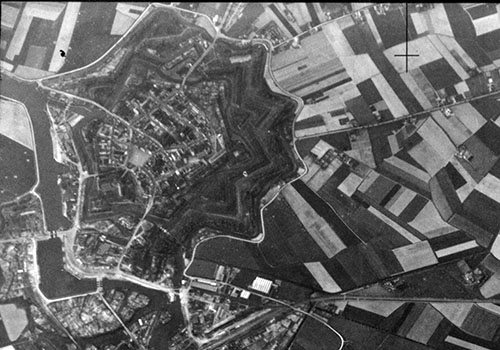 |
|
Bergues
The fortified town of Bergues, south of Dunkirk, was the junction of French and British lines. In this image, a column of vehicles can be seen, passing through a crossroads south of the town.
|
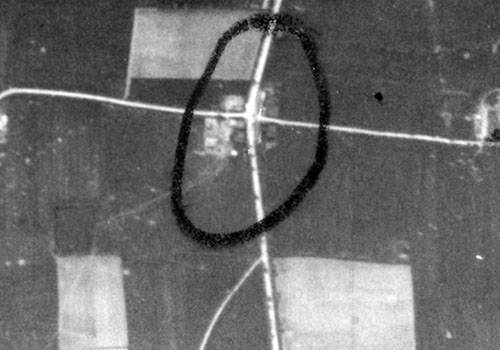 |
|
Flooded Land
Low-lying land to the south of Dunkirk was deliberately flooded, to hinder the advance of German tanks. This created corridors, through which the Allies hoped to channel and stem the German advance. Thousands of soldiers holding the perimeter during the evacuation were destined to be left behind.
|
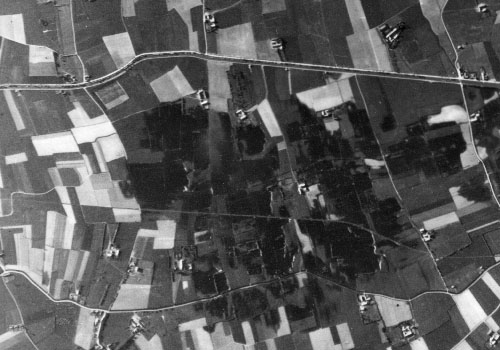 |
|
Forced Landings
Royal Air Force fighters attempted to break up German air attacks before they reached Dunkirk, but were heavily outnumbered. The RAF lost over 80 aircraft during the operation. Several pilots of damaged aircraft made forced landings on the beaches.
|
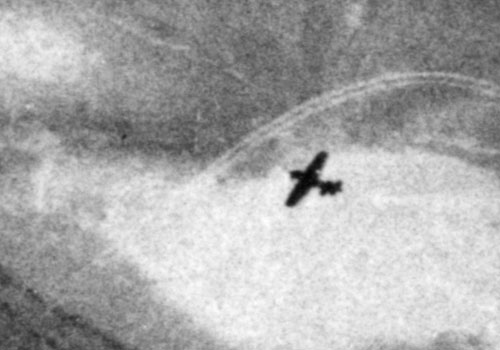 |
|
Aftermath
Over 200 vessels were lost to air, naval and artillery attacks during the evacuation. In this image, numerous sunken craft are revealed at low-tide. Also visible are strings of vehicles, parked in long lines to form jetties. Troops clambered across the roofs of these vehicles to reach rescue ships in deeper water. Much valuable heavy equipment was abandoned, scattered along the beaches.
|
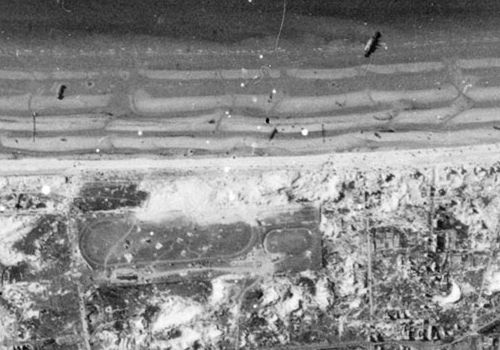 |
|
Blockships
By 4th June, over 198,000 British and 140,000 French and Belgian troops had been evacuated. After the last of them were embarked from the eastern mole of Dunkirk harbour, two merchant ships were deliberately sunk in the entrance channel, to hinder German use of the port.
|
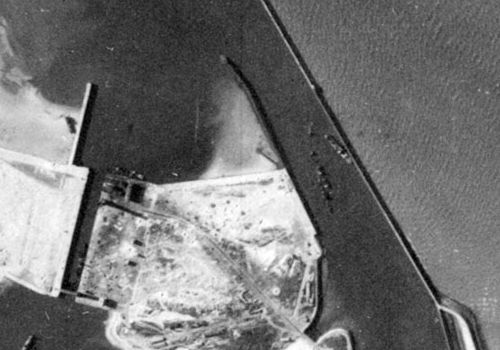 |












